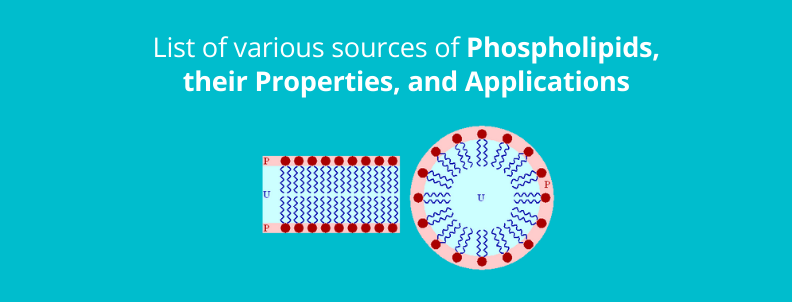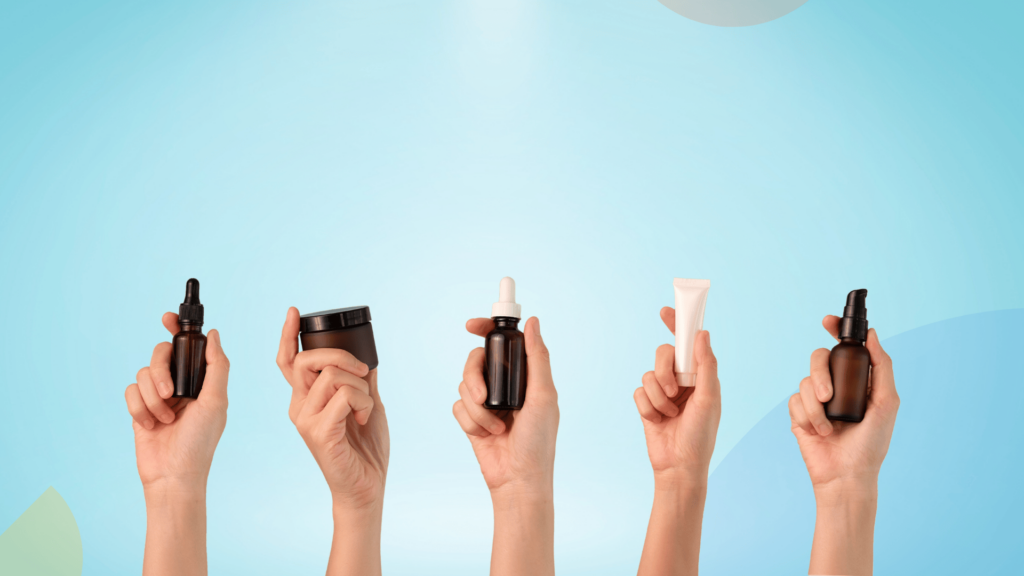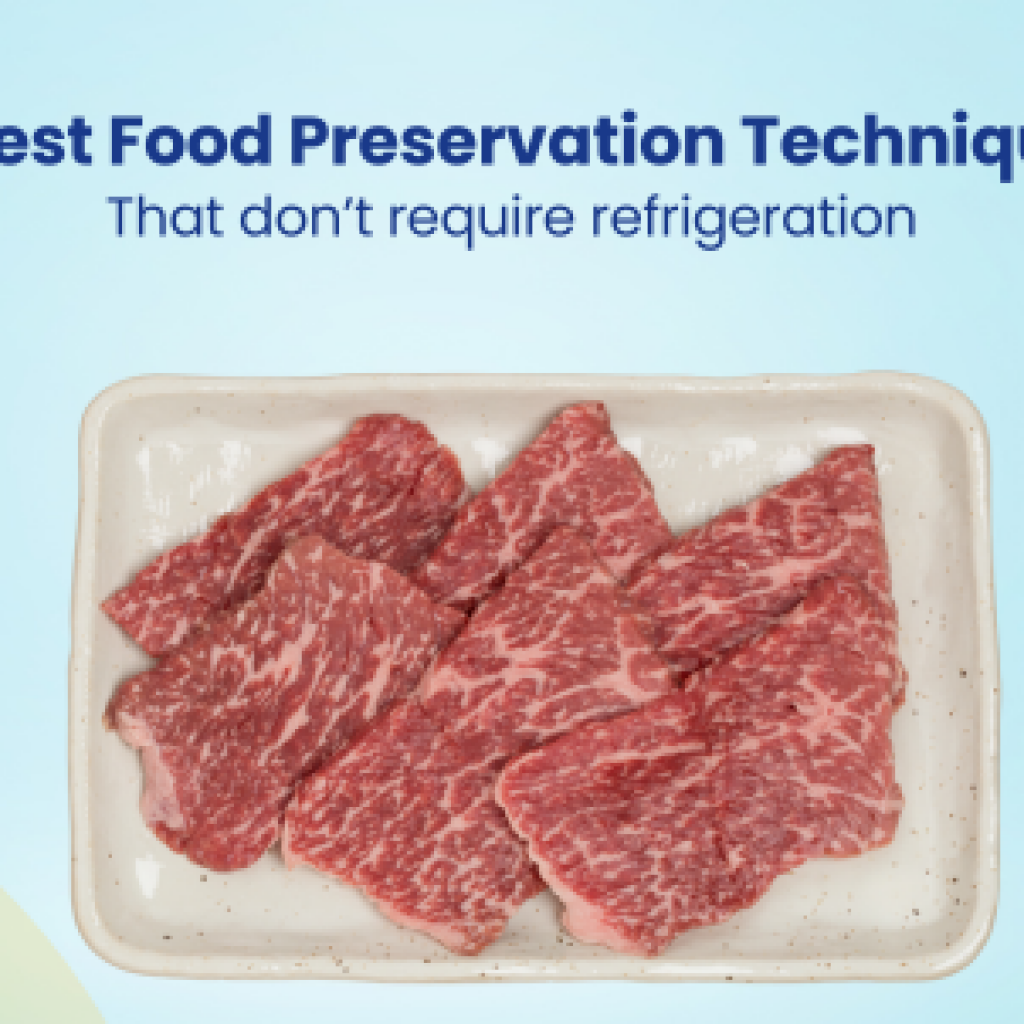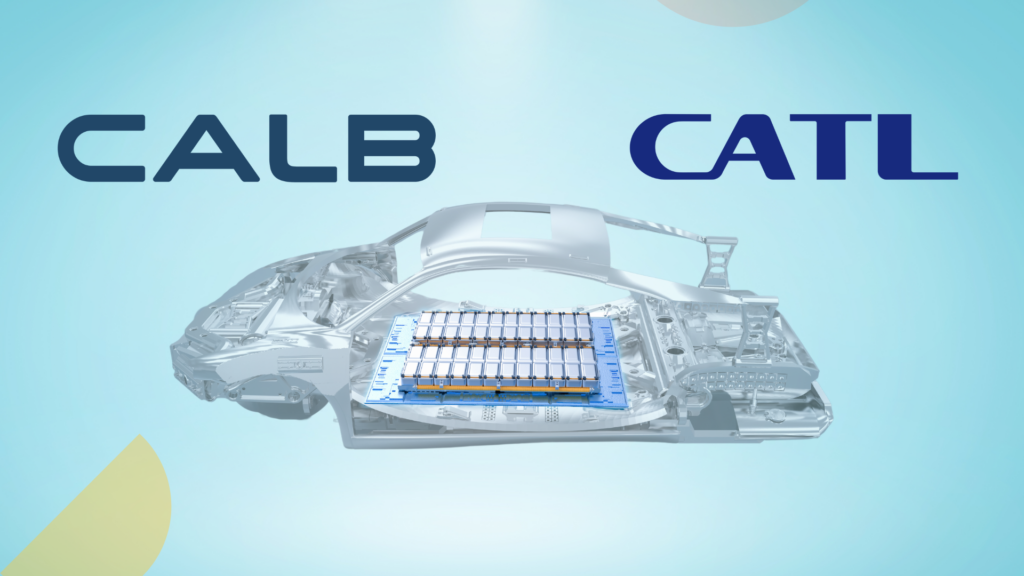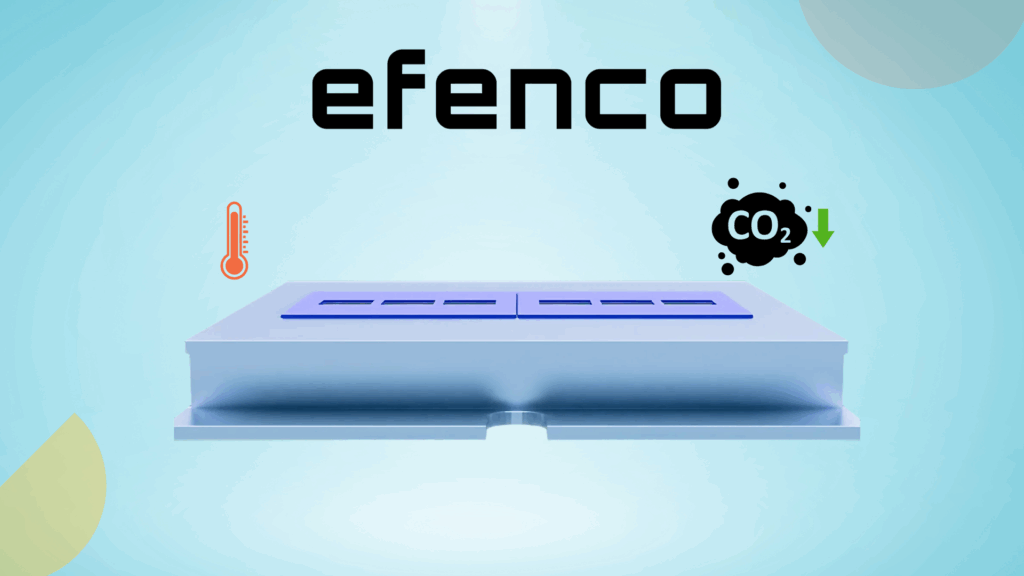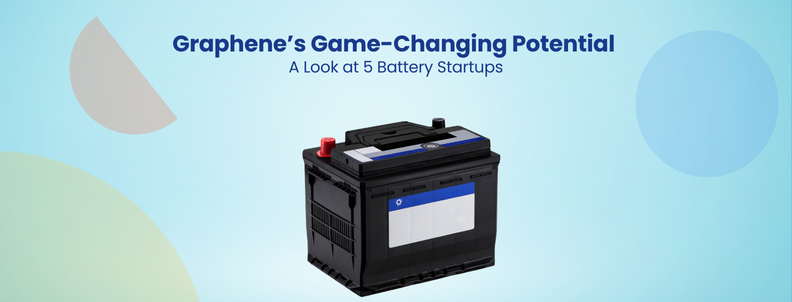The global phospholipids market was valued at USD 3.06 billion in 2019 and is projected to reach USD 5.08 billion by 2027, at a CAGR of 6.9% during the forecast period.
– Reports and Data
With the growing awareness towards a healthy lifestyle amongst consumers, the demand for green and naturally sourced ingredients is increasing. Soybean and marine life are some common sources of phospholipids. But there are various other sources left unexplored, creating an opportunity for companies to get an upper hand in the Industry.
Phospholipids from different sources possess considerable differentiation in their molecular species and structure. This differentiation results in different biological activities. Let’s understand this with the help of a few examples.
How do various sources of phospholipids result in different biological activities?
- Marine phospholipids are significantly better for the treatment as well as prevention of various diseases, including, neurodegenerative or brain diseases comprising Alzheimer’s disease, cognitive impairment, etc. in comparison to phospholipids derived from chicken tissues.This is because ether phospholipids derived from marine sources are bound to a larger amount of eicosapentaenoic acid (EPA) and docosahexaenoic acid (DHA) at the sn-2 position of glycerol backbone as compared to the conventional plasmalogens-type glycerophospholipids derived from chicken tissues. (Source – US10653708B2)
- Similarly, milk-derived Sphingomyelin has a relatively good flavor compared to egg-derived sphingomyelin. On the other side, Egg-derived sphingomyelin has better memory and concentration enhancing effects than milk-derived sphingomyelin. These properties of phospholipids derived from milk and eggs, make it pivotal to choose the source, based on the characteristics desired in the end product. (Source – KR102159010B1)
- Bao et al, 2020 describe the PLs from egg yolk can reverse scopolamine-induced spatial memory loss. The study suggested that egg yolk PLs exert neuroprotective effects via attenuating cholinergic damage and inhibiting oxidative stress in vitro.
- Rapeseed phospholipids are less sensitive to oxidation in comparison to those of soybean and sunflower oils. This is because soybean and sunflower oils phospholipids contain more unsaturated fatty acids as compared to rapeseed phospholipids. Thus, Rapeseed oil can be a better alternative to soybean and sunflower oils not only in the food industry but in the pharmaceutical, and cosmetic industries, as well.
- A study, Svirgun et al, 2020 compares the effects of lecithins (from soy and sunflower) on disorders of cognitive functions of animals caused by tetrachloromethane. The study shows that there are no significant differences between soy lecithin and sunflower lecithin. Lecithin, obtained from both plants, in conditions of carbon tetrachloride intoxication, prevents the suppression of mobility, unconditional reflex activity and improves the reproduction of CRPA (conditioned response of passive avoidance).However, sunflower lecithin shows a greater ability to reduce anxiety in animals, i.e. demonstrates antidepressant and higher nootropic activity. And, soy lecithin has a more significant anti-amnestic effect.
- Knowing the perfect phospholipid source for your product can do wonders for your research team. And to help you assess these aspects of Phospholipids, we curated a list of sources of food-derived phospholipids including marine, sunflower, rapeseed, etc., along with the information of molecular species, the structure of phospholipids, their biological activities, and their applications in various industries.
So without further ado let’s hop on to the list.
Different Phospholipid Sources
Plant-based Phospholipids
Let’s have a close look at the properties and application areas of phospholipids derived from different sources.
Properties
- Phospholipids derived from plants have several beneficial properties:
Plant cells lack cholesterol, they contain related compounds (sterols) that fulfill a similar function. - Unlike Animal-derived Phospholipids, Plant phospholipids do not contain sphingomyelin. Sphingomyelin has significant structural and functional roles in the cell and participates in many signaling pathways.
- Phosphatidylglycerol is present in higher amounts in plant phospholipids than animal or marine origin.
- Plant phospholipids are more resistant to oxidation as compared to Marine phospholipids.
In this section, we will dive deep into different plant-based phospholipids like soybean, rapeseed, and corn-derived phospholipids.
Soybean phospholipid
Properties
- Polyunsaturated fatty acid (PUFA) is the main fatty acid group in the active fraction of soy phospholipids with linoleic acid as the major component. Due to the presence of PUFA, soy phospholipids are more sensitive to oxidation than rapeseed phospholipids (as rapeseed contain mono-unsaturated fatty acid instead of polyunsaturated fatty acid)
- Soy phospholipids have lesser nutritionally beneficial unsaturated fatty acids, as compared to sunflower phospholipids.
Application Areas
- Health: Improving Bone Health, Treating Dementia, Anti-amnestic effect
- Cosmetics: Maintain skin elasticity, Anti-aging, Prevents Pigmentation
- Food & Beverages: Alleviate state of drunkenness, Reduce alcoholism
- Others: Emulsion Stabilizer, Used in Liposomal Formulation
Sunflower Phospholipids
Properties
- Polyunsaturated fatty acid (PUFA) is the main fatty acid group in the active fraction of sunflower phospholipids with linoleic acid as the major component. Due to the presence of PUFA, sunflower phospholipids are more sensitive to oxidation than rapeseed phospholipids (as rapeseed contain mono-unsaturated fatty acid instead of polyunsaturated fatty acid).
- Sunflower phospholipids have more nutritionally beneficial unsaturated fatty acids, as compared to soy phospholipids.
Application Area
- Health: Antidepressant & Nootropic effect, Inflammation Treatment
- Cosmetics: Soothing Skin Inflammation
- Food & Beverages: Dietary Supplement
- Others: Emulsion Stabilizer, Injectable
Rapeseed Phospholipids (canola)
Properties (canola)
- The active fraction of rapeseed lecithin possesses the highest concentration of monounsaturated fatty acid (more than 50%), in which the major fatty acid is oleic acid. Thus, Rapeseed phospholipids are less sensitive to oxidation in comparison to those of soybean & sunflower oils (Both of them contain polyunsaturated fatty acids).
- Rapeseed phospholipids have a higher amount of phosphatidylcholine as compared to sunflower and soy phospholipids.
Application Area (canola)
- Health: Liver Disease Management, Improves Memory
- Food & Beverages: Cardiovascular health
- Others: Emulsion Stabilizer, Used in Liposomal Formulation
Corn Phospholipids
Properties
- Corn lecithin has better emulsifying properties than egg yolk lecithin.
Application
- Health: Improve Non-alcoholic fatty liver disease, liver fibrosis, liver cirrhosis, and more.
- Food & Beverages: Dietary Supplement Improves Chronic Inflammation
- Others: Used as emulsifiers for parenteral emulsions
Palm Phospholipids
Properties
- Palm oil phospholipids contain high amounts of unsaturated fatty acids such as linoleic acid.
Application Area
- Others: Emulsion Stabilizer
Safflower Phospholipids
Application Area
- Health: Reduce liver lipid levels, Intestinal Disease Management, Inflammation Treatment
- Food & Beverages: Improves Chronic Inflammation
Peanut Phospholipids
Application Area
Health: Improve Blood Circulation & Waste Removal from the Body
Cottonseed Phospholipids
Application Area
- Health: Improve Blood Circulation & Waste Removal from the Body
- Food & Beverages: Cottonseed phospholipids in wine improve cardiovascular health
- Other: Emulsion Stabilizer
Animal Based Phospholipids
Apart from plant sources, phospholipids are also available from different animal sources.
Properties
- Phospholipids derived from animals have several beneficial properties:
Animal phospholipids contain cholesterol. - Unlike Plant-derived phospholipids, animal phospholipids contain sphingomyelin. Sphingomyelin has significant structural and functional roles in the cell and participates in many signaling pathways.
- Phosphatidylglycerol is present at a level of only 1-2% in animal tissues.
- Animal phospholipids contain only small amount of ω-3 polyunsaturated fatty acids (PUFAs) such as eicosapentaenoic acid (EPA) and docosahexaenoic acid (DHA).
- Animal phospholipids are more resistant to oxidation as compared to Marine phospholipids.
In this section, we will dive deep into different animal-based phospholipids like egg yolk, milk-derived phospholipids.
Egg yolk Phospholipids
Properties
Egg yolk phospholipids contain higher levels of saturated fatty acids than soybean phospholipids. Due to this, egg yolk phospholipids have higher oxidative stability.
Application Area
- Health: Memory and concentration enhancing effect
- Cosmetics: Topical Applicator
- Food & Beverages: Egg yolk Phospholipid in Wine Improve cardiovascular health
- Others: Emulsion Stabilizer
Milk Fat Globule Membrane (MFGM)
Properties
- Milk-derived Sphingomyelin has a relatively good flavor compared to egg-derived sphingomyelin. (Sensory properties and marketability as a food or drug).
- Milk phospholipid liposomes disintegrate slower than soy lecithin liposomes.
- Milk phospholipids possess antioxidant properties in vitro.
Application Area
- Health: Improves memory, reduce stress, suppress Alzheimer’s disease, and enhance brain development in infants
- Cosmetics: Recover Skin damage
- Others: Emulsion Stabilizer
Bovine/Calf Lung Extract Phospholipids
Application Area
- Health: Prevent respiratory distress syndrome (RDS) in premature neonates
- Cosmetics: Topical Applicators for prevention & treatment of Microbial Infections
Porcine Lung Extract Phospholipids
Application Area
Health: Prevent respiratory distress syndrome (RDS) in premature neonates
Chicken Tissue Phospholipids
Properties
There is very limited work published on phospholipids derived from chicken tissues.
Application Area
Health: Reduce blood lipid levels in mice, protect liver cells and improve liver cell steatosis.
Marine/Aquatic Sources Phospholipids
Marine and aquatic creatures are also well known for phospholipids sources.
Properties
- Marine Phospholipids have been reported to have only a trace amount of cholesterol.
- Marine Phospholipids contain a small amount of sphingomyelin.
- Phosphatidylglycerol is found only in marine proteobacteria.
- Marine phospholipids (PLs) are rich in ω-3 polyunsaturated fatty acids (PUFAs) such as eicosapentaenoic acid (EPA) and docosahexaenoic acid (DHA).
- Due to the presence of ω-3 PUFAs, marine PLs are highly prone to oxidation in conventional extractions accomplished by the incorporation of organic solvents, exposure to atmospheric oxygen, and high temperature.
Application Area
Health: Prevention and treatment of Alzheimer’s disease, metabolic diseases, Inflammation and More
Cosmetics: Topical Applications for Hair, nail and skin disorders
Food And Beverages: Bitter Taste Masking Agent for food composition
Others: Used in liposomal formulations for drug delivery
Fish (Specially Cold Water Fish) Phospholipids
Application Area
- Health: Improve Atherosclerosis, CVDs, metabolic syndrome and diabetes, and renal disorders
- Cosmetics: Topical Applicators
- Food & Beverages: Marine Nutritional composition increases the percentage of rapid eye movement (REM) sleep
Salmon Phospholipids
Properties
Phospholipids derived from salmon are rich in omega-3 fatty acids. These phospholipids disperse in water and are easily digestible after consumption.
Application Area
- Health: Lowers the risk of heart attack
- Others: Emulsion Stabilizer, Used in Liposomal Formulation
Herring Phospholipids
Properties
Herring phospholipids help in improving the bioavailability of n-3 PUFAs
Application Area
Health: Lowers the risk of heart attack
Mackerel Phospholipids
Properties
- Phospholipid content is higher in fish roe than in other parts of the fish.
- Blue mackerel roe contains the highest amount of n-3 fatty acids (EPA and DHA).
Anchovies Phospholipids
Properties
Lecithin from anchovy contains high amounts of ω-3 fatty acids, especially EPA and DHA. EPA and DHA in lecithin are the most susceptible to oxidation. But lecithin obtained from anchovy showed high oxidative stability as lecithin from anchovy may contain small amounts of natural antioxidants.
Sardines Phospholipids
Application Area
Health: decreases low-density lipoproteins in the blood, prevent atherosclerosis and cardiovascular disease
Antarctic Krill (Euphausia Superba) Phospholipids
Properties
Total contents of the Docosahexaenoic Acid (DHA) and Eicosapentaenoic Acid (EPA) in Krill Oil phospholipids are 29.31%.
Application Area
- Health: Improving cognitive function, muscle strength & sleep, Reduces anxiety
- Cosmetics: Topical Applications for Skin and Hair Care
Bivalve/Scallop/Oyster Phospholipids
Properties
Ether phospholipids derived from bivalve are bound to a larger amount of EPA and DHA at the sn-2 position of the glycerol backbone as compared to the conventional plasmalogens-type glycerophospholipids derived from chicken tissues.
Application Area
- Health: Treat & prevent Alzheimer’s disease, cognitive impairment, brain fatigue, Cancer, and more.
- Food & Beverages: Food supplementation changes fatty acid composition in brain tissue, helps in synapse formation, neuronal proliferation, and differentiation
Sea cucumber/Blue Mussel Phospholipids
Properties
Sea cucumber (SC) and blue mussel (BM) are rich sources of n-3 PUFA structured in phospholipid form. DHA and EPA structured in the phospholipid form possess superior biological effects compared to the triglyceride form available in fish oil.
Application Area
Health: Reduce insulin resistance and obesity
Squid Phospholipids
Properties
- Both saturated and unsaturated fatty acids are available in Squid Phospholipids.
- Major saturated fatty acids in Squid phospholipids are Palmitic acid (C16:0) and the major unsaturated fatty acids in Squid phospholipids are Docosahexaenoic acid (C22:6n-3) and Eicosapentaenoic acid (C20:5n-3).
Application Area
- Health: Reduce lipid accumulation in the liver, hepatoprotective effects
- Food & Beverages: Squid Supplementation changes fatty acid composition in brain tissue, helping in synapse formation, neuronal proliferation, and differentiation
Get the complete list for later use including the industrial application as well as the overall concentration and concentration of the components of these phospholipids in just a click.
Conclusion
Overall the utilization of phospholipids, particularly the bioactive ones, has gained huge attention. This is due to their enrichment of n-3 polyunsaturated fatty acids.
The Phospholipid market is growing. The prime reasons for this growth are-
- Their sources are easily obtainable in the environment.
- The various end-use purposes that these ingredients have in multiple industries.
But consumers now want their products naturally sourced, even plant-based. This has created a need for companies to explore further the sources of phospholipids and get an upper hand in the industry.
Want to find the best suitable source of phospholipids for your product and the companies working on it? Contact us now.
List Curated By: Sabarna, Landscape, Authored By: Nidhi, Marketing.

